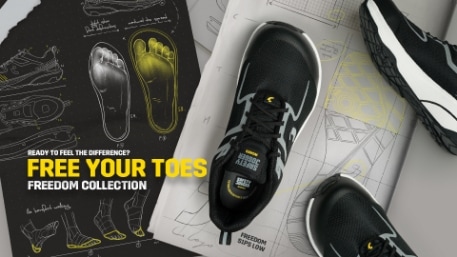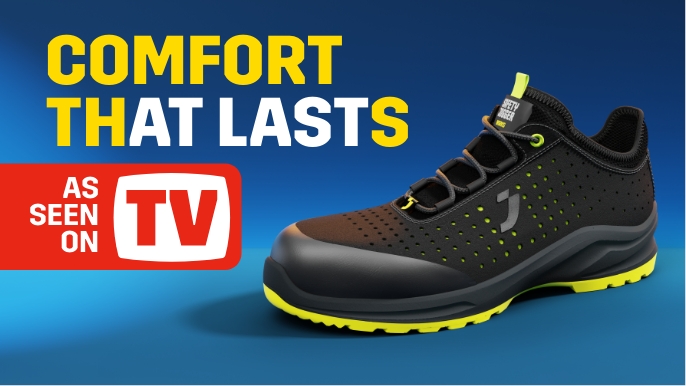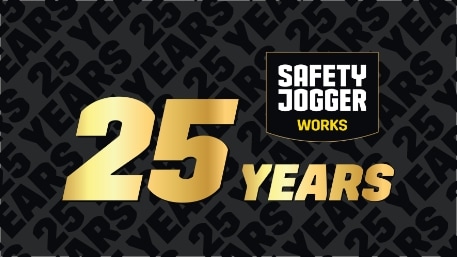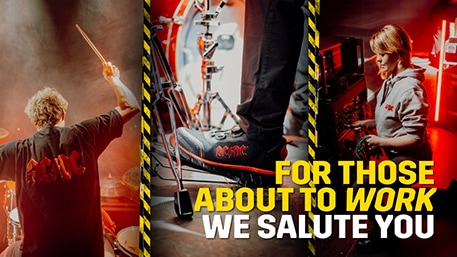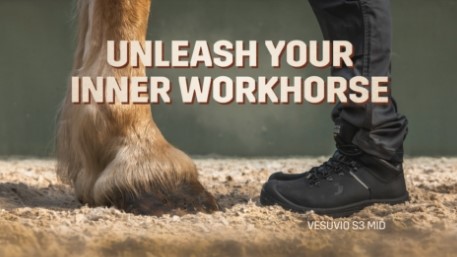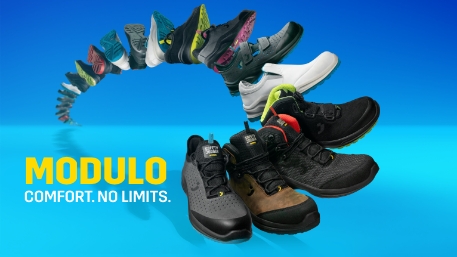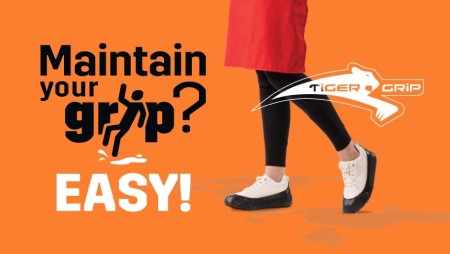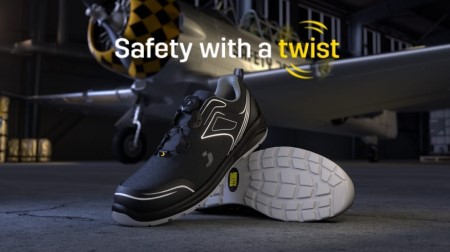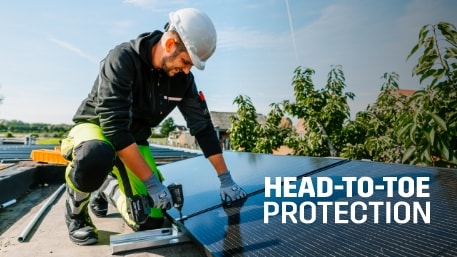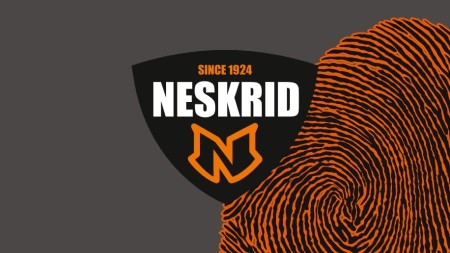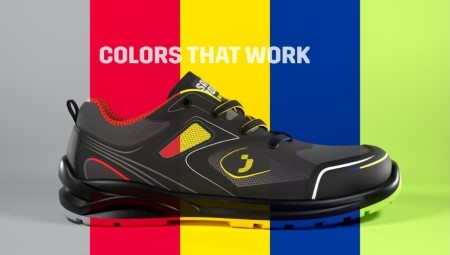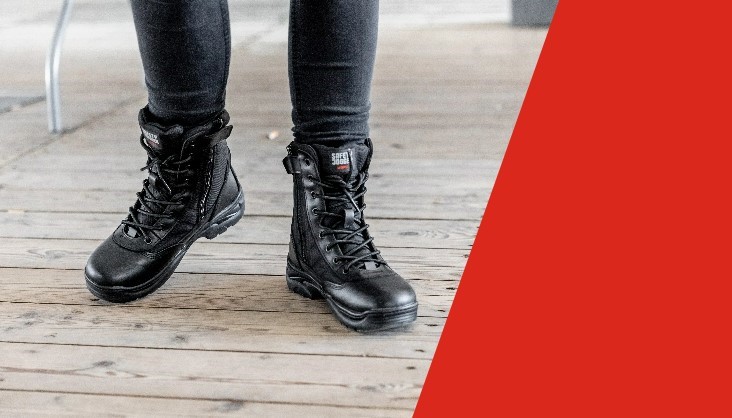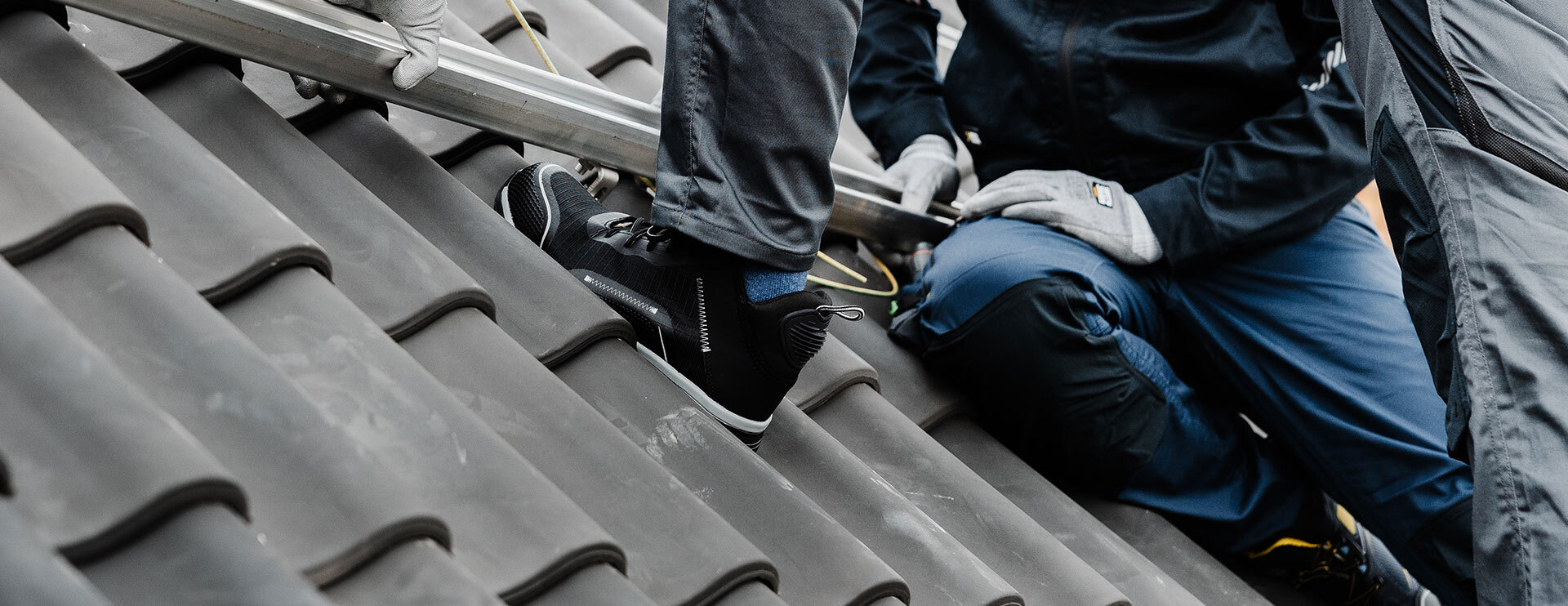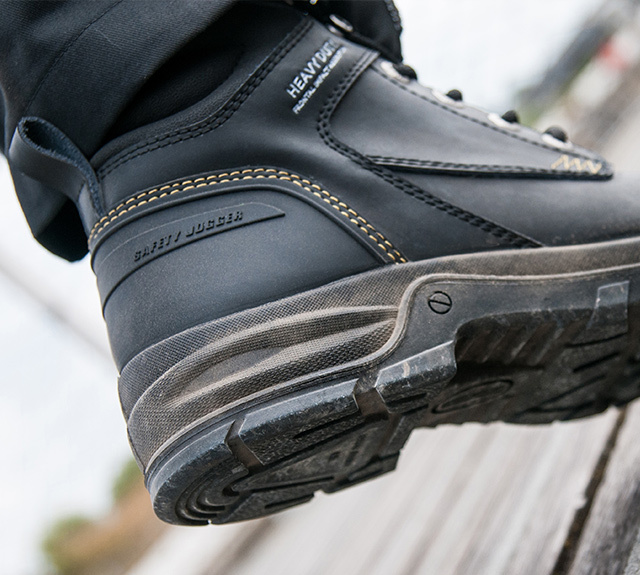Safety features overview
Are you up on your feet all day working in heavy environments? Then you know that protective footwear is essential on the job to work in a safe and responsible way, day-to-day.
Besides the fact that safety shoes are vital, you should know what kind of protection suits your work environment best, so don’t just pick one!
Thanks to continuous investments in innovation, extensive product testing in all stages and the knowhow of our team, we are able to offer you a wide range of technical features. We monitor the latest changes in safety standards and always try to meet or exceed them where possible. The tables below give you an overview of all our safety features together with the icons we use to label our safety shoes.
This page will help you out choosing the safety shoe that suits your work environment!
Do you need advice or do you have a question about the features below? Don’t hesitate to contact us right away, We're social!

Technical features for safety shoes

Water resistant upper
shortcode: WRU

Heel energy absorption

Waterproof shoe
shortcode: WR

Electrical hazard
shortcode: EH

Antistatic shoe

Composite or steel toecap

Breathable upper

Oil and fuel resistant outsole

Slip resistant outsole
shortcode: SRA/SRC

Puncture resistance
shortcode: P
Extra features

Metal free

Electrostatic discharge
shortcode: ESD

Warm lining

Lightweight shoe

Soft impact foam

Heat insulated
shortcode: HI

Non-marking outsole

Heat resistant outsole
shortcode: HRO

Cold insulated
shortcode: CI
Coolmax lining
Breathability

DGUV
Shoes For Crews
You might also like to read

Lightweight work boots for sensitive feet
What makes a lightweight work boot? Every vital element, the protective toe, outsole, upper material, lacing hardware, linings, insoles, .. contributes to the final weight of a lightweight work boot.
Lightweight boots
Which toe cap material is the best choice for you?
A protective toecap made according to European or ASTM standards will protect your toes from basically every injury, regardless of the material. But what materials are there and what is the difference?
Steel or composite toe
The benefits of Lorica
Lorica takes its name from the Latin word “Lorica", meaning the armour of a Roman soldier. True to its name, Lorica is a high-performance synthetic microfiber that offers exceptional strength and durability. It looks and feels like premium leather but comes with added technical benefits, making it a top choice for demanding work environments where durability, comfort, and hygiene matter most.
LoricaGROW YOUR BUSINESS & BECOME A DEALER
Safety Jogger is worldwide and always looking for people who trust our brand as much as we do! We have a team of expert's ready for you to help with questions about our brand, technologies or reselling our products. So, don’t hesitate to fill in this form, we usually get back to you within a day!
Further information?
Fill in the form and we’ll get in touch!
